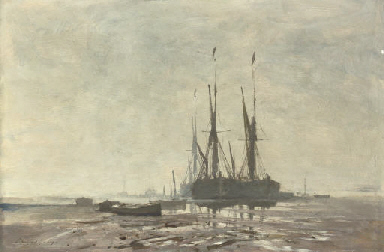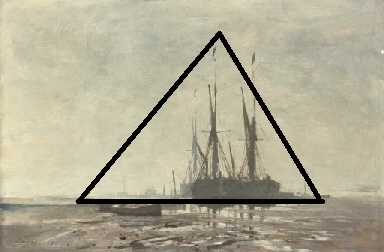Landscape composition
- Louis Ryan
- Nov 29, 2013
- 1 min read
One of the aspects of learning to paint I found frustratingly slow to grasp was how to compose a landscape. I eventually came across Composition of Outdoor Panting by Edgar Payne – a jewel of a book. Payne gives some ten or so simple rules and explains them clearly. His work has served me so well that I feel obliged to pass on his message. Below are most of his compositions to which I have added photographs of some paintings by well known artists to show just what was meant.
Here we have the Radiating Lines composition, which leads you into the painting and thus gives depth to the picture.
Next the Steelyard composition which gives a balanced, but asymmetrical view.
Below the central mass composition which focusses on one subject just off centre.
The L-shaped composition, which I find more difficult to bring off.
The Circle, which leads the eye around the painting.
The Diagonal Line.
The Silhouette, where either darks or lights should predominate and not share the space equally.

The Triangle, which is a classic in still lifes and in portraiture.
The Three Spot composition, which like the Circle composition, leads the eye around the painting.
The S composition, which leads the viewer into the landscape and gives it depth.
Other factors such as tonal balance, depth, variety, colour contrast and unity of image have to be considered, so just following these compositional techniques will not guarantee immediate success but at least it means getting on the right track. Searching for these compositions can help to understand why some unspectacular landscapes can be very beautiful and harmonious. It also helps train the eye to find such beauty and harmony just about everywhere.
.jpg)




































Comments